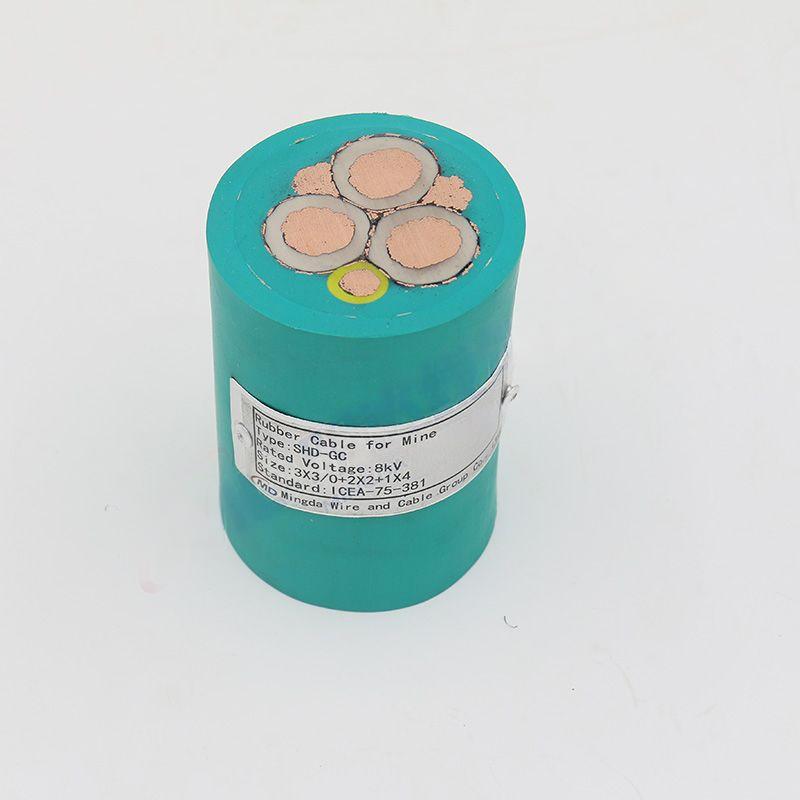9 月 . 19, 2024 06:30 Back to list
pn16 check valve
Understanding PN16 Check Valves A Comprehensive Overview
Check valves are essential components in various piping systems, primarily designed to prevent backflow and ensure the unidirectional flow of fluids. Among the different classifications of check valves, those rated at PN16 are particularly noteworthy due to their suitability for a wide range of applications, including water supply, wastewater management, and industrial processes.
What Does PN16 Mean?
The designation PN stands for Pressure Nominal, which is a European standard used to characterize the pressure rating of valves and fittings. A PN16 rating indicates that the valve is designed to handle pressures of up to 16 bar (approximately 232 psi) at a temperature of 20°C (68°F). This makes PN16 check valves robust enough for various environments, providing reliable performance across different industries.
Types of PN16 Check Valves
There are several types of check valves suitable for the PN16 rating, each with specific operational characteristics
1. Swing Check Valves This type features a disc that swings on a hinge. It allows fluid to pass through in one direction, while the disc closes when flow reverses, effectively preventing backflow. Swing check valves are ideal for applications with high flow rates.
2. Lift Check Valves In contrast to swing check valves, lift check valves have a disc that moves vertically. They are suited for high-pressure systems and applications where flow rates may fluctuate significantly, as they can close faster than swing check valves.
pn16 check valve

3. Dual Plate Check Valves These valves consist of two plates that move in unison to prevent backflow. They are compact, lightweight, and suitable for high-velocity flow applications. Dual plate check valves are often used in water supply systems and pumping stations.
Material and Construction
PN16 check valves come in various materials, including ductile iron, stainless steel, and PVC. The choice of material largely depends on the application’s requirements, such as chemical compatibility, temperature, and pressure conditions. Proper sealing mechanisms, such as elastomeric seals or metal-to-metal seating, are also crucial in ensuring leak-free operation.
Installation and Maintenance
Correct installation is vital for ensuring that a PN16 check valve operates effectively. They should be installed in the correct orientation, typically with the flow direction indicated on the valve body. Regular maintenance, including inspection for wear and tear, is important to prolong the lifespan of the valve. Operators should also ensure that the valve is free from debris, as blockage can lead to premature failure.
Conclusion
PN16 check valves play a critical role in fluid systems by preventing backflow and maintaining system integrity. Their reliability is essential in various sectors, from municipal water supplies to industrial processes. By understanding the types, materials, and maintenance needs of these valves, users can ensure optimal performance and longevity. In a world increasingly reliant on efficient fluid systems, the importance of check valves, particularly those rated at PN16, cannot be overstated. Proper selection, installation, and upkeep of these components pave the way for smoother operations and reduced downtime, contributing to overall system efficiency.
Share
-
Understanding the Differences Between Wafer Type Butterfly Valve and Lugged Butterfly ValveNewsOct.25,2024
-
The Efficiency of Wafer Type Butterfly Valve and Lugged Butterfly ValveNewsOct.25,2024
-
The Ultimate Guide to Industrial Swing Check Valve: Performance, Installation, and MaintenanceNewsOct.25,2024
-
Superior Performance with Industrial Swing Check Valve: The Essential Valve for Any SystemNewsOct.25,2024
-
Industrial Swing Check Valve: The Ideal Solution for Flow ControlNewsOct.25,2024
-
You Need to Know About Industrial Swing Check Valve: Functionality, Scope, and PerformanceNewsOct.25,2024